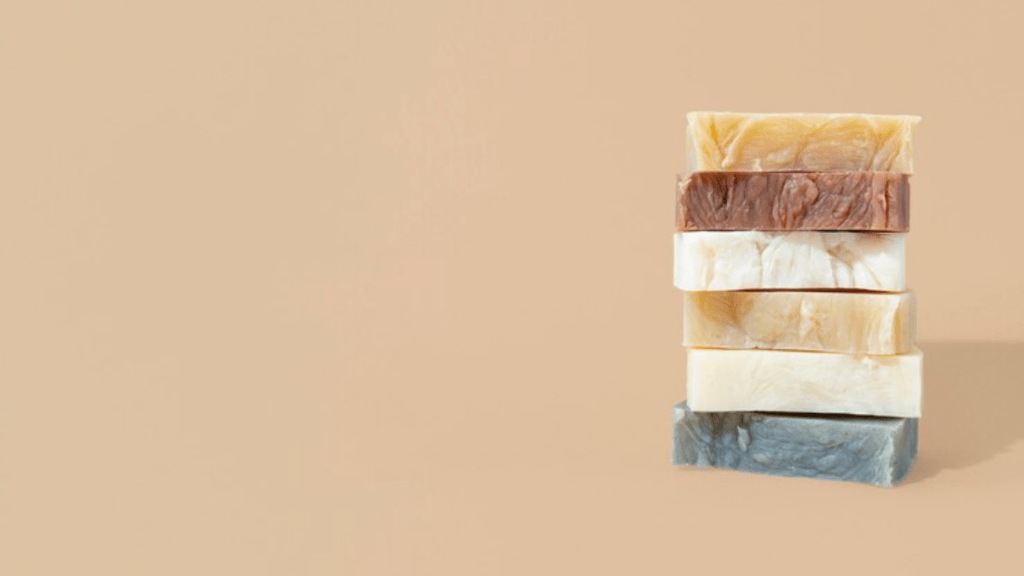FMCG firm Wipro Consumer Care and Lighting has a dilemma: It is the second-largest soap maker in the country and its top selling brand is also the No 2 player in the market on a national scale. But it is still perceived as a “regional” player with the bulk of its sales coming from the states of Gujarat, Maharashtra, Odisha, Kerala, Karnataka, Andhra Pradesh and Telangana.
Time to step out of the comfort zone.
Enter Jo, Doy and Bacter Shield, the three soap brands Wipro Consumer Care and Lighting recently acquired from VVF (Vegetable Vitamin Foods Company).
Neeraj Khatri, chief executive, Wipro Consumer Care and Lighting, India, and SAARC Business, says the addition of Jo is key to fulfilling Wipro’s growth ambitions in the North and East markets, which drive 65% of the mass market for soaps. “Though we have a good distribution and reach in the North and East markets, the South and West have performed better for us because Santoor has a better market share in these regions. With Jo, we expect to gain a big share in the North and East,” he notes.
Then there is also the issue of straddling new sub-segments in the market and give players like market leader Hindustan Unilever or Godrej Consumer Products a run for their money. Khatri explains that the company already operates in three — premium, sub-premium and popular — of the four existing bath soap segments based on pricing. The acquired brands are expected to play in the sub-popular or mass segment, which is estimated to be a Rs 5,000-crore market. Jo, for instance, will be priced below 25 for a 100 gm pack compared with Santoor’s 100 gm pack at35. “Within the other segments, we already have Santoor, Chandrika and Yardley in multiple variants. Considering the sub-popular market is one-fifth of the toilet soap category volume and 20% in value, it is an important segment for us,” Khatri says.
Ankur Bisen, senior partner and head for consumer, food and retail, Technopak Advisors, observed that the mass market is fast growing and takes up the larger share at around 45%, while the mid-market brands account for the remaining 40%. “Premium bar soaps account for just about 15% in value terms,” he says.
While Jo operates in the mass segment, Doy is a premium offering that competes with the likes of HUL’s Pears and Dove. Bacter Shield operates in the anti-bacterial soap and handwash categories and will take on brands such as Dettol. The three posted Rs 210 crore in revenue last year, and of these Jo is the strongest, accounting for 90% of its erstwhile owner’s business. Wipro aims to double their revenues in the next three years.
As per industry estimates, the toilet soap market is Rs 28,000 crore and Wipro holds an estimated 11-12% share. Around 75% of the firm’s business comes from its personal care product range.
Regional play
According to Nikhil Sethi, partner, and national leader for FMCG at KPMG India, most soap brands face the challenge of limited volume growth because of high category penetration and stagnant disposable incomes. “It is difficult for players to drive pricing-led growth from the segment. Their focus needs to move to share gain, either through acquisitions or through battles in the ‘retail trenches’.” There is also a long tail of regional brands that are present in smaller markets and have a strong value proposition.
That is the reason, experts say, leveraging mass brands to grab a bigger share of the market can be an uphill task. Not only is the segment highly competitive, customers are not brand loyal either. So legacy players choose to acquire brands rather than launch new ones. “Investments in acquisitions or expansion into adjacencies can help drive growth in the segment,” Sethi adds.
Yasin Hamidani, director at Media Care Brand Solutions observes that Wipro can replicate its success with brands like Santoor in the case of Jo, Doy and Bacter Shield. “The company can leverage its existing distribution networks, invest in effective marketing strategies to target demographics, and adapt to evolving consumer preferences. Marketing and competitive pricing can help Wipro consolidate its position in the market,” he suggests.
Price will be just a blunt tool unless backed by a capacity bump and strong distribution capabilities. The company operates five factories across the country and invested `300 crore in 2020 in its most recent facility in Hyderabad. What will come in handy is its strong distribution network across India with direct coverage of more than 8,00,000 outlets.
Soap opera
· The bar soap market is Rs 28,000 crore
· Wipro is now the second largest soap manufacturer in India with 11-12% market share
· The premium segment is 15% in value terms, followed by the mid-market segment at 40% and mass market at 45%
· Of Wipro’s latest acquisitions, Jo is the biggest player with 90% of the Rs 210 crore revenue
· Jo is expected to play in the lower end of the mass market, valued at Rs 5,000 crore
